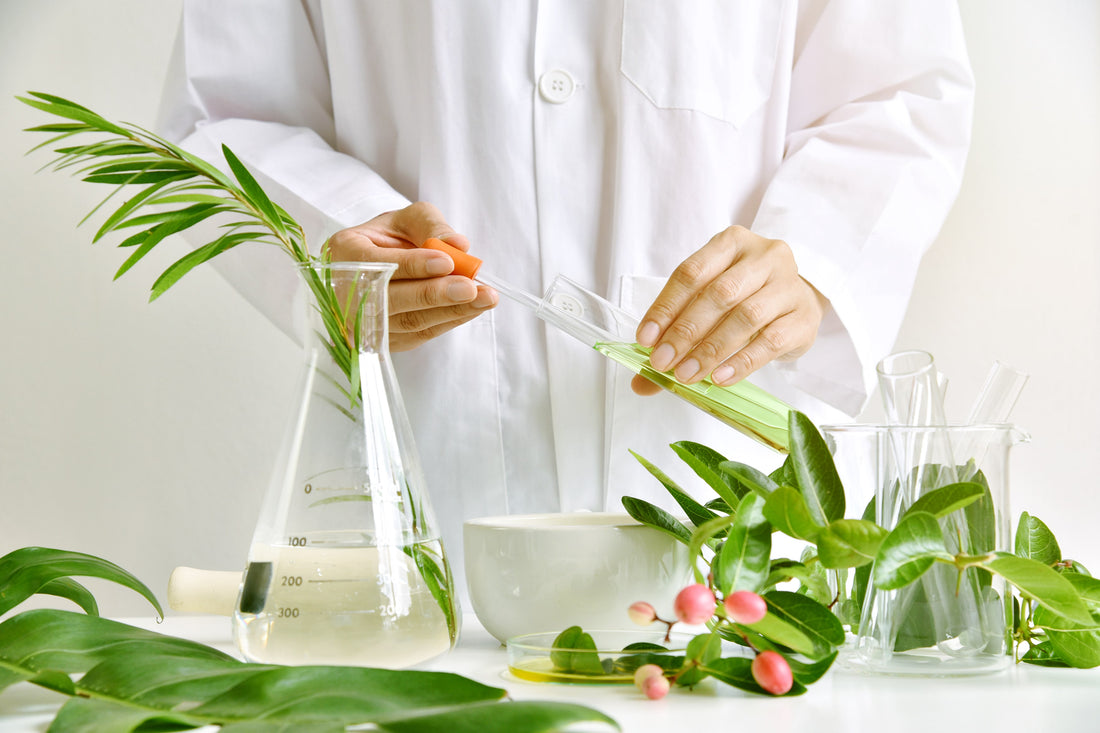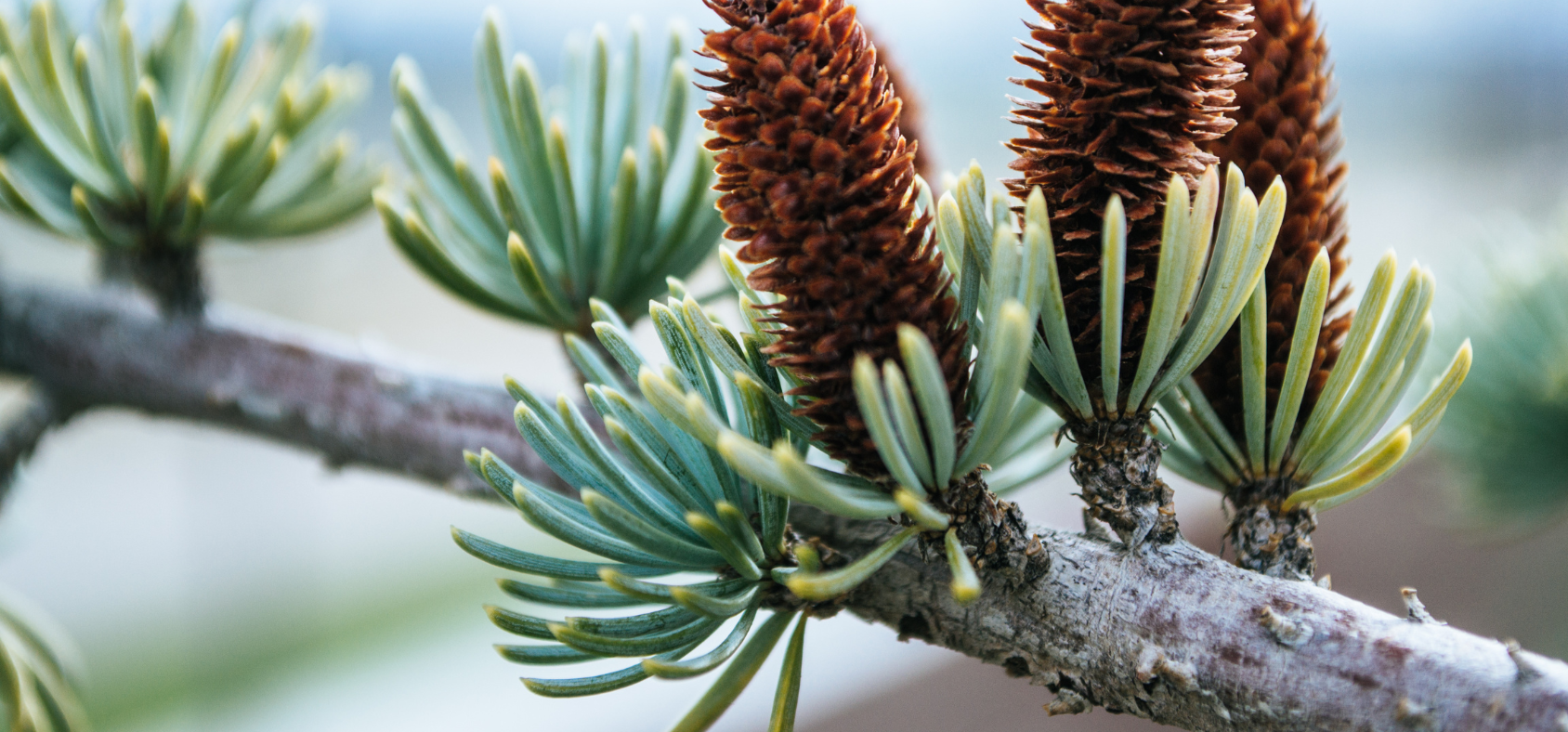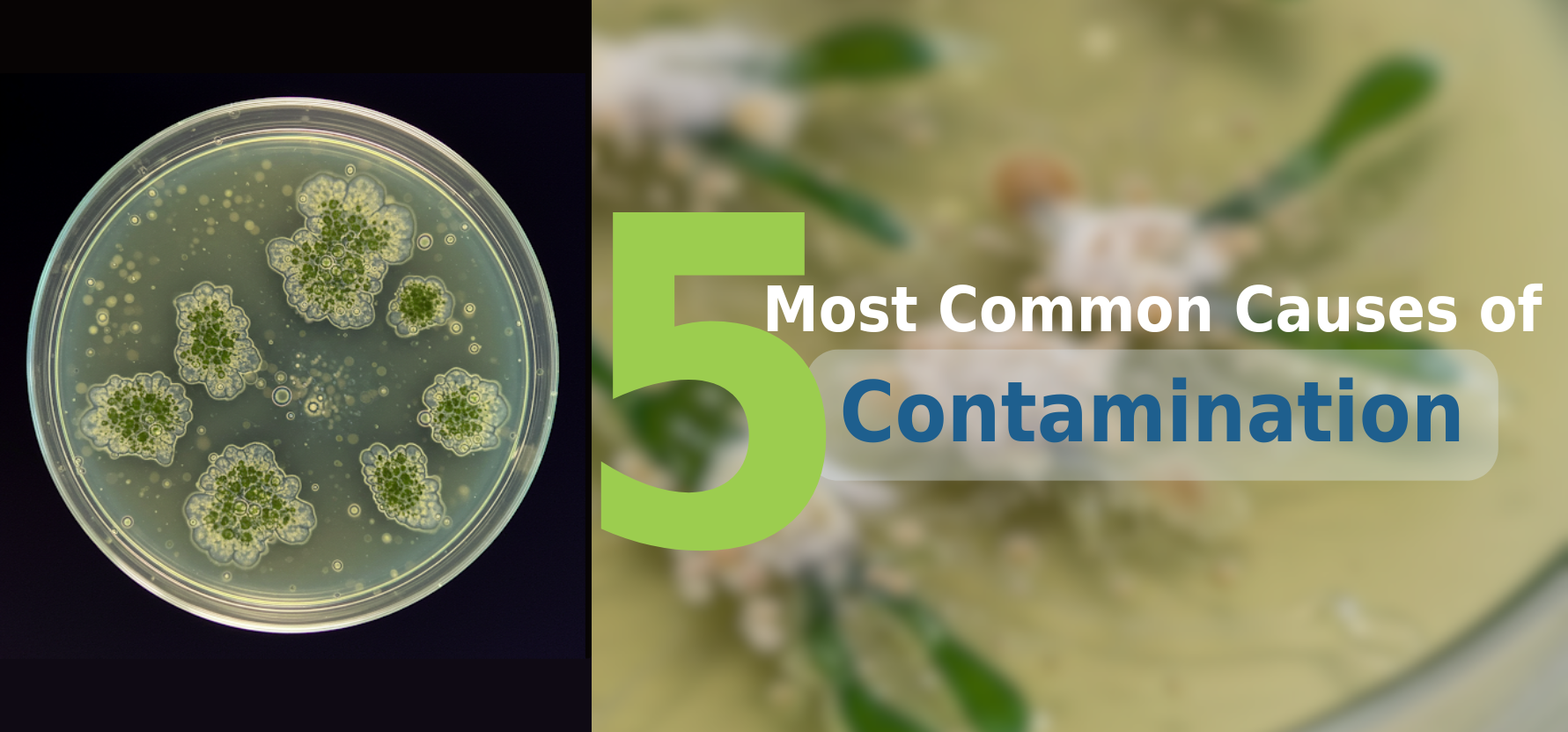
The Effect of Natural Organic Extracts on the in vitro Growth of Plants


The tissue culture technique is used to in-vitro regenerate the whole plant from tissue or a cell. So, the three main protocols of tissue culture include:
- Isolate the explant from the intact plant.
- Provide the explant an appropriate environment to express its intrinsic and induced potential.
- Perform every step in aseptic conditions to avoid contamination.
The regeneration of the plant is mainly influenced by the media and explanation used in the experiment. The nutrient media provides a suitable environment for the growth of plants and organ development in laboratory conditions. It acts as a source of carbon, then nitrogen assimilates and provides all the other nutrients, minerals, and regulatory compounds required for the development of the plant. The chemical components, to be added to the media, should be carefully weighed and mixed.
Tissue culture is an expensive process and further studies and developments are required to introduce low-cost materials that don’t compromise the quality or growth of the plant. One way to reduce the cost of tissue culture is by bringing cheap and efficient alternatives for nutrient media components.
Several researchers have tried to substitute the chemical components used in media with natural organic extracts. These studies have shown the importance of these extracts in promoting and accelerating the growth of plants.
Here, you will learn about the kind of natural extracts used in tissue culture media and a case study that shows how you can use them while performing your experiments.
Natural Organic Extracts
A scientist, named Robin, demonstrated the first study of successful plant tissue culture using yeast extract. The natural organic extracts include:
- Meat, malt, and yeast extracts, as well as fibrin digest.
- Juices, pulps, and extracts from fruits like bananas and tomatoes.
- The fluids nourishing zygotic embryos.
- Extracts of seedlings and plant leaves.
- The extracts of boiled potatoes and corn steep liquor.
- Plant sap or the extracts of roots or rhizome.
- Protein hydrolysates contain a mixture of all the amino present in the original protein.
These extracts are a rich source of carbohydrates, amino acids, proteins, fatty acids, vitamins, and plant growth substances in a range of concentrations.
Here, some widely used extracts are discussed.
1. Yeast Extract
This is the cell content of yeast without a cell wall. Earlier it was used in the culture media as a source of amino acids, proteins, and vitamins (especially inositol and thiamine). The vitamin content in the yeast extract is different from that of casein hydrolysate. So, this property makes the yeast extracts un-substitutable by casein hydrolysates.
If a medium is only containing macro and micro-nutrients, then the supplement of yeast extract can boost the growth of the cultures. Further, it enhances the growth in media containing a low concentration of nitrogen or a lack of vitamins.
Yeast extract is added to the media in the concentration range of 0.1-1 g/l and its addition to MS media in the concentration range of 125-5000 mg/l results in the inhibition of the growth of callus in some plants.
2. Potato Extract
This is a mixture of potato proteins, prepared by controlled enzymatic hydrolysis. Some workers in China found that another culture of the wheat plant, in media containing an extract of boiled potatoes, 0.1 mM FeEDTA, 9% sucrose, and growth regulators, resulted in a sharp increase of pollen plants.
Some studies have shown potato extract alone has the potential to induce embryogenesis in potato anthers. The addition of 2.5 g/l Difco potato extract is beneficial for Brassica napus anther culture. So, several studies have reported a potential role of potato extract in anther cultures of many cereal plants.
However, limited studies are available on the use of potato extract during micropropagation, except for some occasional studies on Orchid propagations.
3. Malt Extract
This is a rich source of carbohydrates and has the potential to initiate embryogenesis in nucellar explants. It is generally used in the concentration of 0.5-1 g/l. The use of malt extracts has been used in the tissue culture of citrus species to induce somatic embryogenesis.
4. Banana Homogenate
This homogenized banana fruit has been used to promote growth by stabilizing the pH of the media. Banana homogenate has been extensively used to culture orchid explants. The extract was found to inhibit the seedling germination in some species of plants, however, it promotes growth once the seedlings have germinated.
5. Fluids that nourish the embryo
Some studies have found that the embryo sac liquid of immature fruits, like Aesculus and Juglans regia, has a strong growth-promoting effect. The fluid from immature female gametophyte of Ginkgo biloba extracts from the female gametophyte of Pseudotsuga menziesii, and immature Zea mays grains are also found to enhance the growth of cultures.
6. Coconut Water
Coconut water induces division and growth in plant cells when added to auxin-containing media. Van Overbeek et al. was the first person to use coconut water in media to promote the growth and development of Datura stramonium.
It is also found to induce growth in callus and suspension cultures and induce morphogenesis in cultured explants. In some species, coconut water alone can induce callus growth and in others, it is added to the other components of the media in the concentration range of 10-15%.
Despite several benefits of these available natural organic extracts, some labs hesitate to use them in their labs because of their undefined concentrations which vary depending on the species to be cultured. However, they are one of the best options to reduce expenses in tissue culture labs.
References
- George, E. F., Hall, M. A., & Klerk, G.-J. D. (n.d.). The Components of Plant Tissue Culture Media II: Organic Additions, Osmotic and pH Effects, and Support Systems. Plant Propagation by Tissue Culture, 115–173. DOI:10.1007/978-1-4020-5005-3_4
- Wiszniewska, A., Hanus-Fajerska, E., Grabski, K., & Tukaj, Z. (2012). Promoting effects of organic medium supplements on the micropropagation of promising ornamental Daphne species (Thymelaeaceae). In Vitro Cellular & Developmental Biology - Plant, 49(1), 51–59. DOI:10.1007/s11627-012-9480-x.
- https://www2.sci.u-szeged.hu/ABS/2011/Acta%20HP/55...
- https://scialert.net/fulltext/?doi=pjbs.2011.546.5...
Blog Categories
View by Level
Popular Blogs

Can We Grow Wood in a Lab? The Future of Tissue Culture in Forestry
Introduction Wood has long been a cornerstone of human civilization—used for shelter, tools, paper, energy, and countless everyday items. However,...
Read More
The 5 Most Common Causes of Contamination in Tissue Culture Labs
Introduction Scaling up your tissue culture production is impossible if you’re constantly battling contamination. Contamination is one of the biggest...
Read MoreSubscribe to Our Newsletter








Join the conversation
Your email address will not be published. Required fields are marked